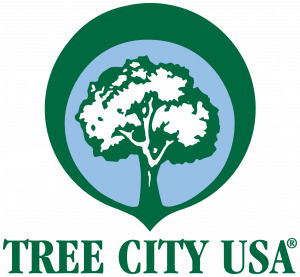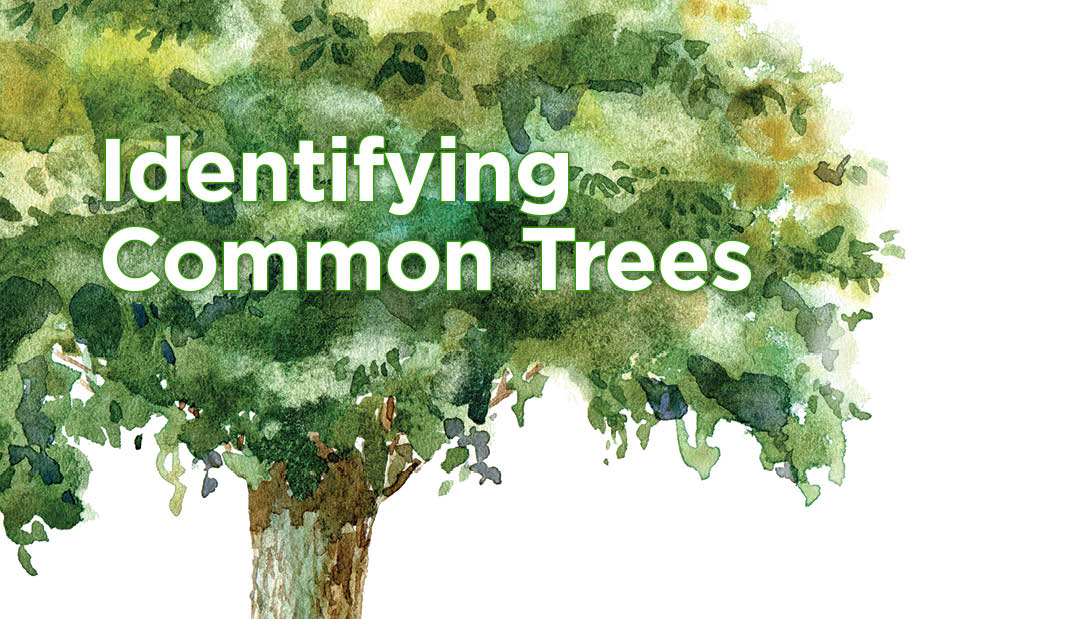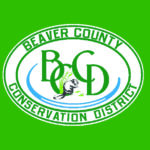Whether you’re hiking through the woods or strolling through the streets of Beaver, identifying common trees can be a fun activity for the whole family. Luckily, you don’t need to be an arborist to do so. With a few simple tips and tricks, you can differentiate between these beautiful parts of nature!

Did you know Beaver has officially been a Tree City USA recognized by the Arbor Day Foundation for over 20 years? In order to achieve Tree City USA status, cities across the country have to meet four core standards of sound urban forestry management: maintaining a tree board or department, having a community tree ordinance, spending at least $2 per capita on urban forestry and celebrating Arbor Day. Through the work of many dedicated volunteers and the beauty and maintenance of our town’s towering trees, we have the honor of living in a Tree City USA community.
Being a Tree City, Beaver has many different types of trees around town. For example, along River Road you’ll encounter Norway Maples, Turkey Oaks, Japanese Cherries, and more.
Trees can be identified based on a variety of factors such as leaf shape, bark, and fruit.
The first distinction to make when it comes to deciphering what type of tree you see is to group it into one of two main categories: deciduous or evergreen.
Deciduous trees lose their leaves in the fall and regrow them in the spring. These are the trees that catch our eyes in the autumn months when their leaves turn red, orange, and yellow colors. Evergreen trees keep the majority of their leaves throughout the year.
Taking a look at a tree’s leaves is the next step and is one of the easiest ways to narrow down your search. A tree will either have “broadleaf” or “coniferous” leaves.
Deciduous trees are most commonly broadleaf species. Broadleaf trees have wider, flatter leaves and these trees produce fruits which have seeds in them. More easily identifiable broadleaf trees species are maples and oaks. These leaves come in all different shapes and sizes – oval, rounded, triangular, heart-shaped – you name it!
Evergreens are coniferous species with leaves that are needle or scale shaped. These trees produce seeds
in cones. Common species in this category are spruce, pine, and fir trees.
Bark color and texture are also important factors when identifying trees. Each species has its own unique bark pattern. Bark can be red, orange, green, gray, white; it can be furrowed, scaly, rough, smooth, shiny, warty, or papery. Carefully look at and touch the bark to determine how it feels. If you see peeling white or gray bark with horizontal dark streaks that look like scoring, you may have stumbled upon a birch tree.
Another step in your identification process is to check for fruit, berries, flowers or nuts. These are easily identifiable indicators of tree type. For example, pinecones are strong indicators of pine trees and acorns can lead us closer to knowing if we are looking at an oak tree. If you pass by a tree overflowing with white or yellow flowers in the spring and encounter a certain aroma, you may be passing by a Flowering Dogwood tree.
Other things to also consider are the overall height and shape of the tree and the geographical location the tree is growing in. For example, some species are more likely to grow near water or in woodlands.
Are you ready to learn more about trees? Visit the Beaver Area Memorial Library and check out a book on tree identification. You could also visit arborday.org/ trees/whatTree/ for an illustrated, step-by-step tree identification field guide. This guide is a great resource to bring along with you outside for more details about thousands of tree species.
Apps are another great resource that can help you identify trees from a cell phone photo. LeafSnap is a great choice that can guide you through your tree identification adventures. This app allows you to identify a tree by leaf, flower, fruit, or bark by submitting a picture which is then analyzed, and tree results are given. The best part? You can quickly snap photos along the way and upload them to the app later, so you don’t have to make long stops during your walk or hike.
Next time you’re headed outside, try to identify the trees you pass by as deciduous or evergreen and their leaves as broadleaf or conifers. We would love to see your photos of trees around town! Send them to stories@beaverlifemag.com.











